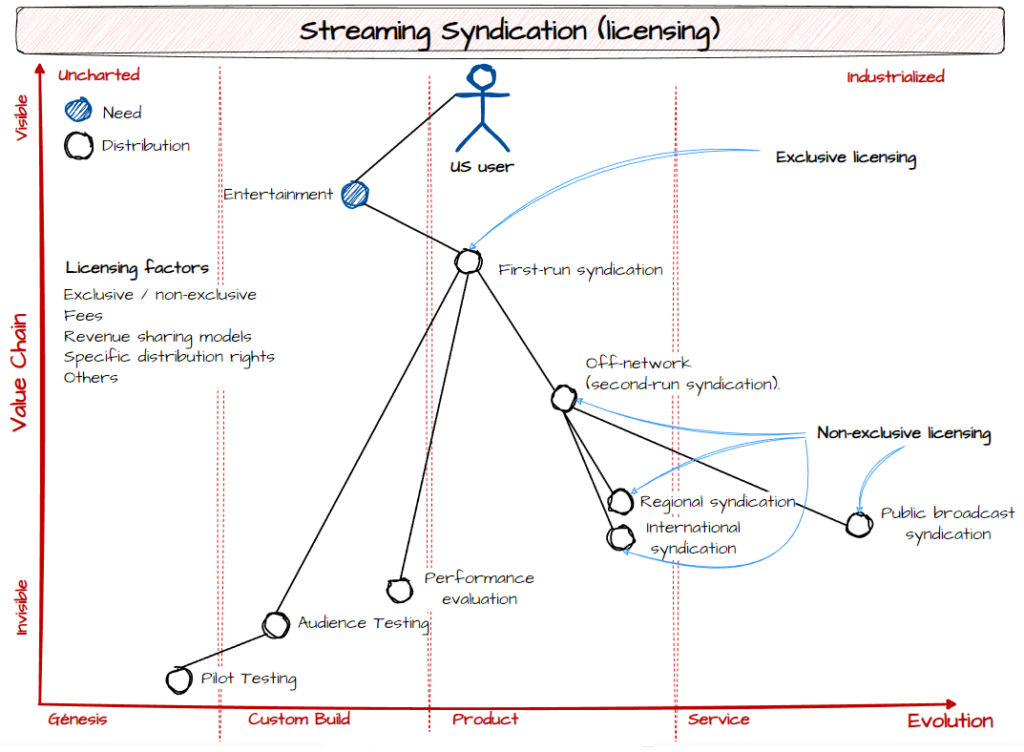Streaming syndication refers to the practice of licensing and distributing streaming content across multiple platforms or services. It involves making a deal with various streaming platforms to distribute a particular show, movie, or other media content to their respective audiences.
In traditional television syndication, a program is sold to multiple local stations or networks for broadcast. Similarly, streaming syndication allows content creators and distributors to license their content to multiple streaming services, reaching a broader audience and maximizing their revenue potential.
The terms of these agreements may include licensing fees, revenue sharing models, and specific distribution rights…
Streaming syndication has become increasingly common with the rise of various streaming services, such as Netflix, Amazon Prime Video, Hulu, Disney+, and others. These platforms often compete to secure exclusive rights to popular shows, movies, and original content to entice users to subscribe to their services.
The content itself evolves if it survives to the audiences generated in the spaces where it has already been distributed.

- Pilot Testing: For TV series, a pilot episode is often produced as a test to gauge the audience’s interest and reception. The pilot episode is typically shown to focus groups or selected viewers who provide feedback on the concept, characters, storyline, and overall appeal. The feedback helps the content creators and streaming platforms make decisions regarding the viability of the series and whether it should proceed to exclusive syndication.
- Audience Testing: Same concept that the pilot but for a broader group of people. The feedback collected during audience testing helps determine the content’s appeal and market potential before entering into an exclusive syndication agreement.
- Performance Evaluation: Streaming platforms may also evaluate the performance of a show or movie in terms of viewership, engagement, and user ratings during a limited release or trial period. This evaluation allows them to assess the content’s performance metrics, including audience retention, viewership trends, and overall popularity. Based on this data, the streaming platform can make an informed decision about whether to continue with exclusive syndication or not, and which level of advertising budget allocation they want to assign.
- First-run syndication: shows run for the first time on the syndicated programming’s affiliate stations. The type of licensing use to be a “Exclusive Syndication”.
- Off-network or second-run syndication: Shows which ran first on a network are then sold to other stations to be aired as reruns. Here non exclusive licenses are used.
- Public broadcast syndication: The show is run as classic over generations.
Takeaways
This is a very basic Wardley Map, it does not provide too much information, but helps to focus on main concepts of this industry.
How you manage each of this contents, how you promote them, how each marketing campaign is done, which segments of population are getting attraction of that content, etc. is a wide ocean to explore.